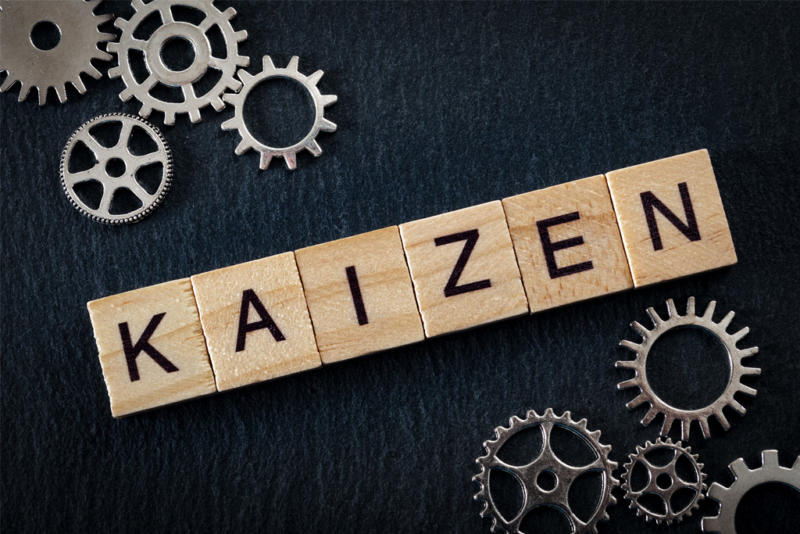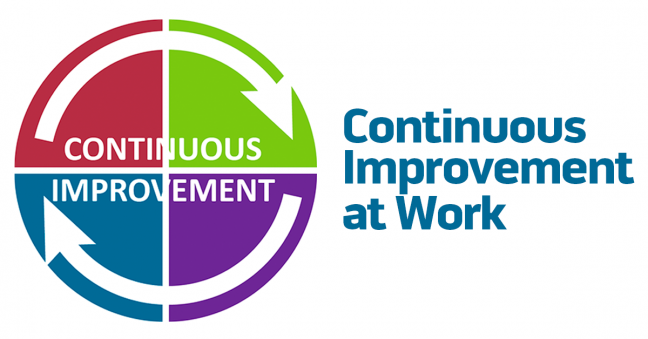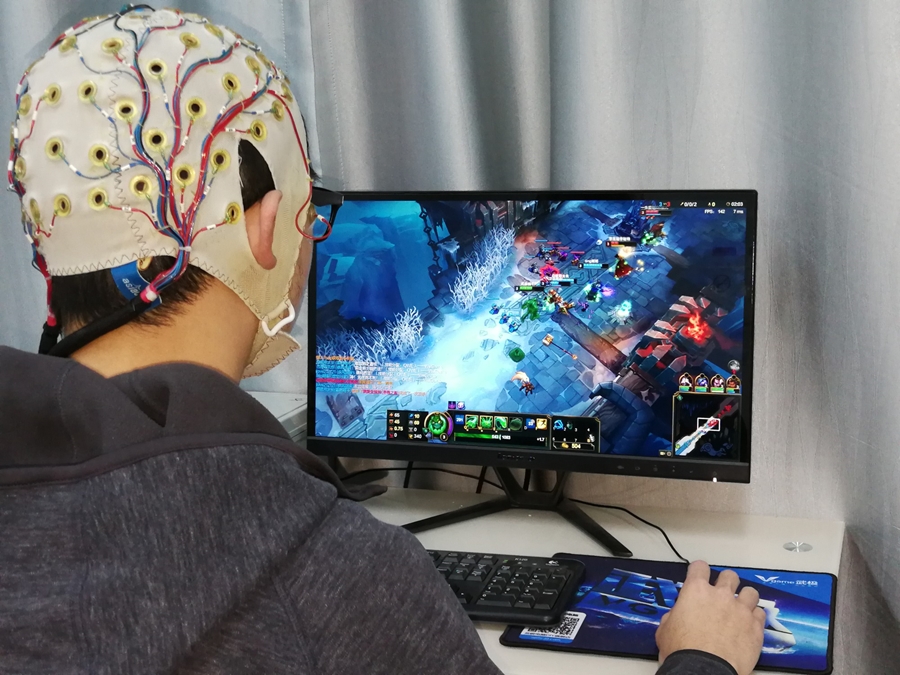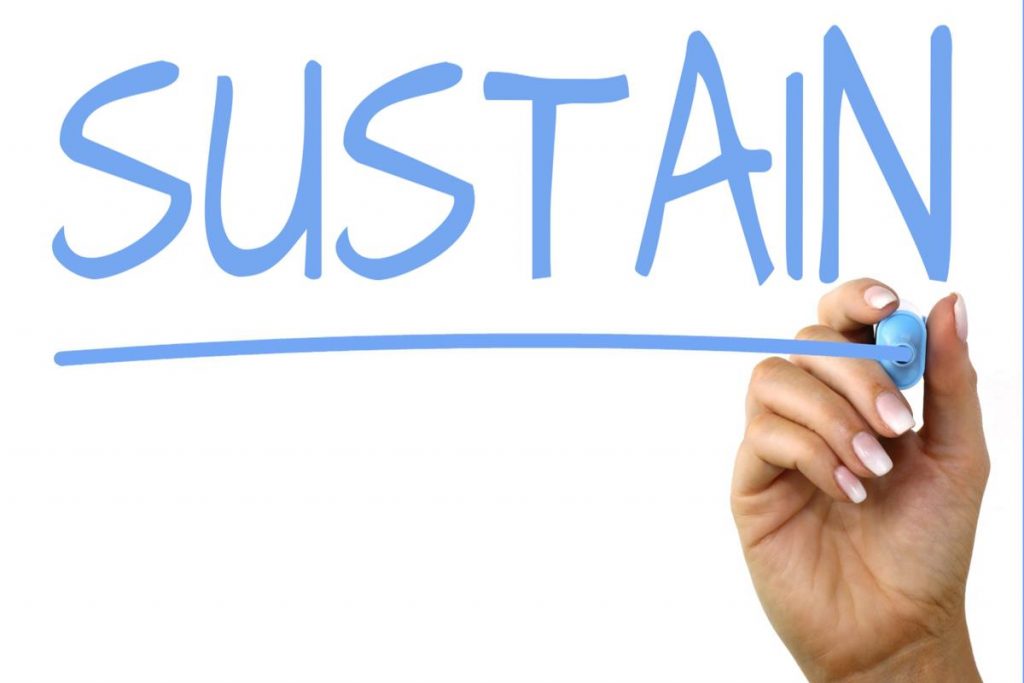THE KAIZEN RECIPE FOR SELF AND BUSINESS IMPROVEMENT

Success starts at planning, which leads to execution. Kaizen is the way that leads to the final destination: RESULTS.
Victoria Edeme
SDGs Advocate|Hubspot Certified Social Media Strategist
Kaizen is a recipe for yourself and business improvement that has been keeping you up day and night. How do you “change” things, optimize processes for yourself and your organization? Is it through major initiatives, or is it part of the ongoing way you work?

There are times improvement would mean changing your approach totally not making major upheaval towards achieving the set target but Kaizen proposes a simpler consistent approach
Kaizen, a Japanese word that translates to mean ‘change’ (kai) ‘for the good’ (zen). Masaaki Imai, Founder of Kaizen Institute defined Kaizen as a complementary approach to improving systems, processes, and so on, through more subtle, ongoing changes and continuous improvements.
Don’t Miss Out: Join our Facebook Group for funny and motivational quotes @ livegamefully
The Kaizen approach is based on the belief that continuous, incremental improvement adds up to substantial change over time.
It is well practiced among game players who know that the only way to getting up the ladder is to continuously improve at game playing. The leaderboard is one of such things that keep game players up all night. A typical game player would want to dominate his niche and be known as the best. This they know would not happen overnight except through the Kaizen approach.

Kaizen for Business
When teams or groups implement Kaizen, they navigate through emergency change, upheaval, unrest, and mistakes that often go hand-in-hand with major innovation.
“If you are there be there 100%, do not allow continual distractions to disrupt your focus and subsequently your productivity.
Salaudeen Amao
Research has shown that short but more intensive exercises are more effective than long drawn-out exercise.”
CompTIA Advanced Practitioner| Information Security Advocate-GetCybersmart
Businesses that adopt Kaizen like Toyota have seen a positive change in: faster delivery, lower costs, and greater customer satisfaction. Toyota System is a system of continuous improvement in quality, technology, processes, company culture, productivity, safety, and leadership.
Read Also: 5 Life ‘hacks’ To Help You Stay Productive
These continual small improvements (Kaizen) add up to major benefits that cannot be overemphasized.
How to apply the Kaizen principle
Here’s how you can internalize the use of Kaizen on your own, or with your team. Adapted from mindtools.com
- Keep a log of things that seem not too perfect or that you’d like to improve. You can seek outsiders or friends and families to help you point out deficiencies. It’s often easier to spot these in the heat of the moment than in cold reflection.
- Once a month, spend some time identifying areas where there is “waste” in the way you or your team is working. Use your ideas log as input, but also think about the wider picture and your overall ways of working. Go through each of the types of waste listed above as a checklist. How could “waste” be eliminated? How could things be improved?
- Plan out when you’re going to make these changes. You need to strike a balance between getting on with making the improvements immediately (so that the area of waste doesn’t become a bigger problem), and avoiding “change overload”.
It is especially important to take into account the impact or confusion that it could cause for others, which in turn, could cause them to avoid adopting the change. And a great way to assess the impact of changes you are considering is to use the Impact Analysis Tool. - If the changes affect others, be sure to consult them about the new arrangements, and listen to their comments!

There is a huge difference between planning and implementation, you have to possess the 3D’s [Determination, Discipline, and Dedication] to keep you on toes.
Read Also: HOW TO HELP CHILDREN TURN ADDICTION TO HOBBY
Summary of KAIZEN EVENTS
A typical Kaizen event goes something like this:
- Set goals and provide any necessary background.
- Review the current state and develop a plan for improvements.
- Implement improvements.
- Review and fix what doesn’t work.
- Report results and determine any follow-up items.
Apply Now: Graduate Internship at Exxon Mobil[2020]
This type of cycle is frequently referred to as PDCA (Plan, Do, Check, and Act). PDCA brings a scientific approach to making improvements:
- Plan (develop a hypothesis)
- Do (run experiment)
- Check (evaluate results)
- Act (refine your experiment; then start a new cycle)
Conclusion
Interestingly, Kaizen is an actionable plan which is exactly what it developed as a philosophy. When Kaizen is applied consistently and sustained for a long time, the overall benefits teach you and your employees to think differently about their work.
In other words, the consistent application of Kaizen as an action plan creates tremendous long-term value by developing the culture that is needed for truly effective continuous improvement.

Comments
I do agree with you. nice article. thank you for sharing. Sheri Humberto Marshall